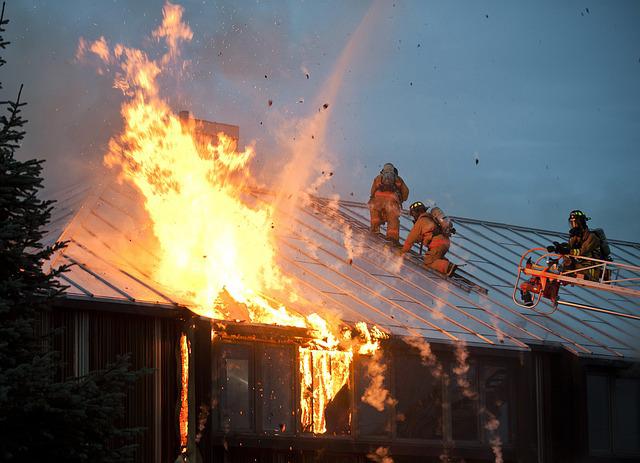You need to contact your insurance company very soon after experiencing a fire, flood, or other residential loss. It’s not just about speeding up the claim process or receiving a settlement sooner; more importantly, it may be your obligation under the policy to inform your insurer immediately after a loss.
Focussing on the insurance claim process can feel like an overwhelming task after experiencing such a tragic loss. Use the resources available to you:
- Support from family and friends. They can help you get emergency essentials, look after the kids, provide clothes, and assist with filing your claim.
- A public adjuster or insurance lawyer who can advocate for you during the claims process.
- Online resources can take you through the process step-by-step. You can use this home insurance claim guide to help you through each step of the process.

Step 1: File Your Claim in Writing
Once you’ve informed your insurer over the phone, you often have to take the additional step of informing them in writing to begin the formal process. You may want to start with this sample insurance claim letter for fire damage.
Step 2: Request a Long-Form Policy
You likely have a copy of your Declaration Pages at home, unless they were lost or damaged in the incident. The Declaration Pages are a summary of your insurance coverage, featuring key information such as the name of the insured, company information, your coverage limits, deductibles, and the premiums you owe.
The Long-Form Policy has the “fine print” – detailed information about the terms of your insurance policy that will apply to your claim. You can contact the insurance adjuster for your Long-Form Policy.
Step 3: Take Photos
Photograph the damage done to your home and to your personal belongings. Photos are important documentation, and if anything changes, you may need to show them to the insurance adjuster who comes to evaluate your claim. It is especially important that you not remove anything without photographing it.
Step 4: Take Sentimental Items to Safety
Only once everything has been documented is it safe to remove sentimental or undamaged items. You may want to move these in order to try to salvage them or keep them safe from looters. When you do this, document the removal thoroughly and inform the insurance adjuster of what was taken, where it was taken to, and why.
Step 5: Start a Notebook for Lost Belongings
One important step in your insurance claim is reporting a complete list of your lost personal belongings. Start a notebook and ask your family for help completing it. There will likely be many eligible belongings you leave out at first simply because it’s impossible to recall every single item that was in your home until you start looking for things.
Step 6: Request a Cash Advance for ALEs
Additional Living Expenses are costs that begin to add up immediately. They’re expenses like living in a hotel room or relying on takeout because you don’t have a kitchen. You can request a cash advance from your insurer to help cover these costs. Keep track though, as you’ll likely have to justify the amount advanced later on.
Step 7: Track Your Expenses
Keep your receipts and track all of your ongoing expenses. You will submit these expenses to the insurance adjuster for compensation.
Take your home insurance claim one step at a time. The most important thing is that you pay attention to your and your family’s health and safety throughout the process.